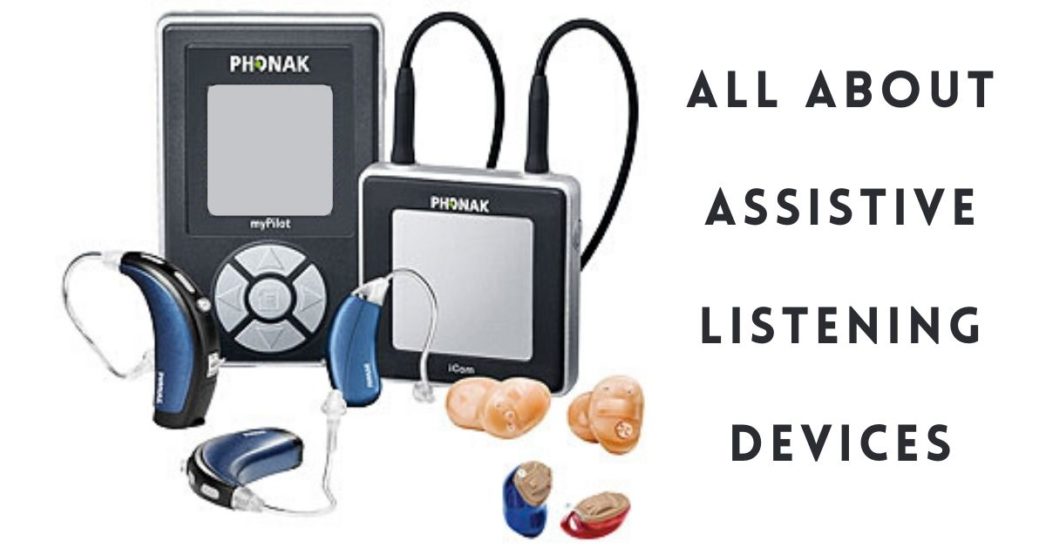For those with hearing loss, assistive listening devices (ALDs) can be important tools. If you’re already wearing hearing aids, great! But most types of hearing aids are removed at night and reinserted in the morning. What about waking up to an alarm clock, or receiving an emergency phone call? That’s one place where ALDs come in.
While some devices integrate with hearing aids, others don’t require hearing aids at all. In fact, some people start acquiring or using ALDs before they get hearing aids. Some are personal devices that a person would purchase and bring with them, while others are integrated into buildings and might be available for your use if you visit. Let’s take a look at some of the types of ALDs that are available and what they can do.
Phones
Your smartphone is already a very powerful ALD. Apps are available for both the iPhone and Android devices that offer free captioning services. You can use these at movies, while watching TV or during phone calls or even in-person conversations. You may need to register and self-certify your hearing loss in order to take advantage of them.
By law, phones are required to be compatible with hearing aids. It might be fine for you to simply hold your phone to your ear with your hearing aid in; however, you will still hear some background noise coming into your hearing aid this way. If your hearing aids are equipped with telecoils, you can have your phone communicate directly with the hearing aid, so the phone call is the only thing being amplified. While not everyone needs this feature, those who spend a lot of time on the phone or who have severe hearing loss will appreciate it.
On average, a person who is hard of hearing requires about 15 dB of amplification more than a person with normal hearing. One thing that can accomplish this is an amplified telephone. As mentioned above, these are good to keep next to the bed for when your hearing aids are out. They usually have a loud ring as well as a flashing light to notify you very strongly that a call is coming in, and a volume control so you can set the level of amplification wherever is best for you.
More About Telecoils
In addition to connecting to your phone telecoils are useful in public places that incorporate a “loop” system. You will find these in many lecture halls and conference rooms. The loop system is a wire that encircles the room and broadcasts audio within its circumference. Hearing aids equipped with telecoils can pick up this signal and amplify only the audio from the speaker’s microphone or whatever audio is being amplified by the facility’s public address system. For those without hearing aids, these systems also come with their own headphone listening devices. If you find yourself attending a lecture or film, be sure to ask about the availability of ALDs there.
FM Systems
Similar to a loop system, an FM system broadcasts the audio from a microphone to a transmitter for use with hearing aids. The difference is that the FM system is personal, rather than a system that the whole room would use. FM systems have been around for a long time and have seen frequent use in classrooms with children who are hard of hearing.
Alerting Devices
Designed to get your attention whether or not you have your hearing aids in, alerting devices can be important to many lifestyles. Some of them might even save your life. They provide amplified sound, flashing lights and/or vibration to let you know what’s going on. Especially since most of us don’t wear our hearing aids to bed, these devices can be crucial on a daily basis. They include amplified, vibrating alarm clocks; flashing-light doorbells; and detectors for smoke or carbon monoxide that incorporate a vibrating and flashing element.
Infrared Systems
Used in places where privacy is key, infrared systems function like loop or FM systems but use infrared light technology to transmit a digital version of sound which is then returned to electrical audio at your receiver. Since light does not penetrate walls, these systems are used in courtrooms or other spaces where confidentiality is paramount.


